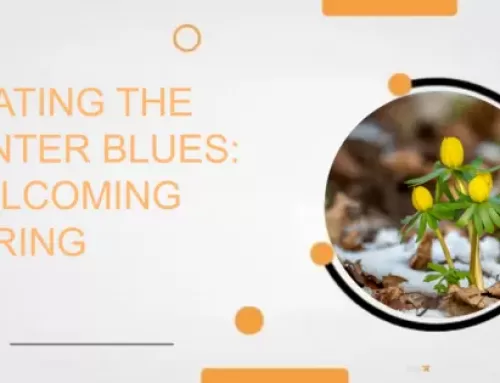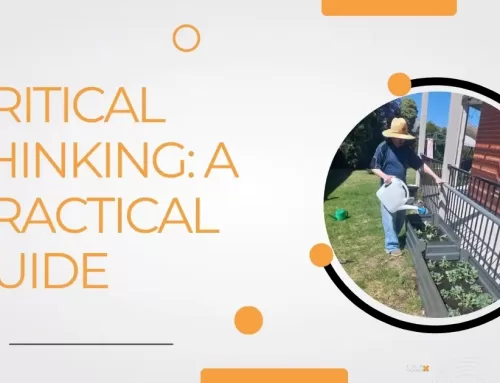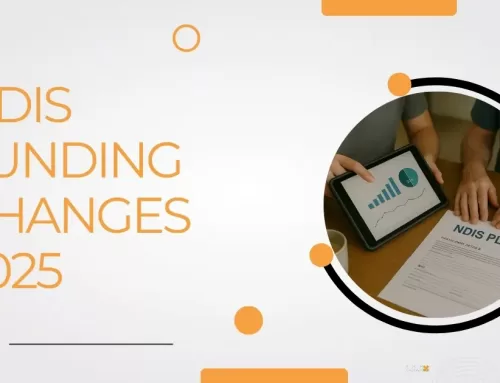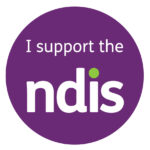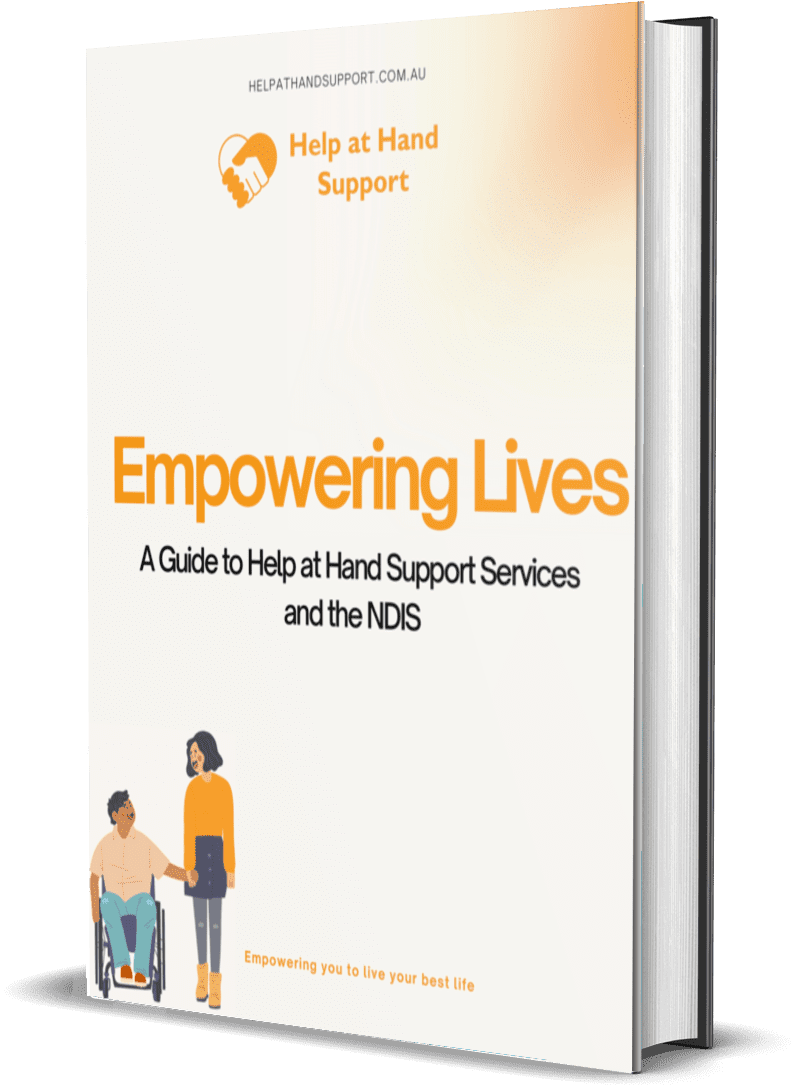The Power of Words:
Choosing Respectful Language in the Disability Community
Words have power. They can build bridges or create barriers. This is especially true when it comes to talking about disability. The choices people make about language have an impact on the way people with disability feel and are perceived in society.
Being aware of the meaning behind the words that are used when talking to, referring to, or working with people with disability is important. The language we use can either contribute to a sense of inclusion or feelings of marginalization.
Disrespectful language can make people with disability feel hurt and excluded, and be a barrier to full participation in society.
Why Language Matters
Inclusive and respectful language is about more than just “political correctness.” It’s about acknowledging the inherent value and dignity of every person, regardless of their ability. The right words can empower individuals, foster understanding, and create a more inclusive society for everyone.
People First
People with disability are people first – people who have families, who work, and who participate in our communities. People with disability want their lives to be respected and affirmed. In addition, many people with disability are proud of being disabled, and want that identity respected.
Using Correct language is Important in Reducing Stigma Around People with Disabilities.
- Respect and Dignity: Stigma often stems from a lack of understanding and respect. Using outdated or insensitive language reinforces negative stereotypes and portrays people with disabilities as “other.” Person-first language (e.g., person with a disability) emphasises the person as an individual first, promoting dignity and respect.
- Challenging Misconceptions: Language can perpetuate inaccurate ideas about disability. Terms like “confined to a wheelchair” focus on limitations. Using language that highlights a person’s abilities (“person who uses a wheelchair”) challenges misconceptions and creates a more accurate portrayal.
- Breaking Down Barriers: Stigma can be a barrier to opportunity. Language that focuses on limitations can hinder access to jobs, education, and other essential aspects of life. Using inclusive language helps dismantle these barriers and allows people with disabilities to reach their full potential.
- Avoiding Stereotypes: People with disability are often described in negative ways that are disempowering, discriminatory, degrading and offensive. Negative words such as ‘victim’ or ‘sufferer’ reinforce stereotypes that people with disability are unhappy about their lives and should be viewed as objects of pity. These harmful stereotypes are simply not true.
Respectful vs. Disrespectful Language:
The People with a Disability Australia Language Guide offers valuable guidance on appropriate language use. Here’s a breakdown of respectful vs. disrespectful terminology:
- Respectful: Focus on the person first. Say “person with a disability” or “a person who uses a wheelchair.” Avoid using disability as a defining characteristic (e.g., “a Down syndrome sufferer”). This is also known as identity affirming language.
- Disrespectful: Avoid outdated terms like “handicapped” or “confined to a wheelchair.” These terms focus on limitations rather than the person’s abilities.
Here’s an example:
- Instead of: “He’s a wheelchair-bound man who suffers from cerebral palsy.”
- Try: “He’s a man who uses a wheelchair and has cerebral palsy.”
The second example focuses on the person and their identity, not their limitations.
Why Respectful Language is Important:
- Promotes Dignity and Respect: Words can empower individuals and promote a sense of belonging within the community.
- Fosters Inclusion: Using the right words can create a more welcoming environment for everyone, regardless of ability.
Tips for Using Respectful Language:
- Listen and Learn: Be open to feedback and willing to learn from people with disabilities about their preferred terminology.
- Focus on the Person: Always remember that a disability is just one aspect of a person’s identity.
- Person-First Language: When unsure, use person-first language (e.g., “person with a vision impairment”). This empowers the person and avoids defining them by their disability.
- Be Specific: Instead of saying “disabled,” use a more specific term that accurately describes the person’s situation.
- Avoid Euphemisms: Terms like “differently-abled” can be patronizing. Stick to clear and accurate language.
Diversity
It’s also important to remember that this is not a one-size-fits-all approach. People with disability are individuals with diverse lives, talents, ambitions, appearances – just like all people.
By following these tips and familiarising yourself with resources such as the People with a Disability Australia Language Guide and the UN Disability-Inclusive Language Guide we can all become more aware of our language usage. This will in turn, contribute to a more inclusive and respectful environment for everyone in the community.
Together, we can create a world where words empower rather than exclude.
Check out more from our Blog
Book A Care Consult
We will be in contact with you shortly

